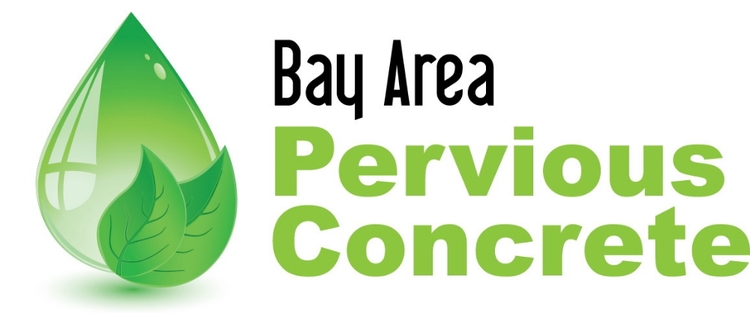How close can you pave to a tree?
Normally, it is inadvisable to pave inside the drip line of a tree. Depending on the size and age of a tree that can be a fairly sizable area. This can be problematic when traffic or use requires paving close to the tree. When traditional impervious pavements are installed near older established trees, it can spell the end of the tree. Is that true of pervious concrete?
It turns out there are two students at Texas A&M are doing this very research! Their recent work reveals pervious concrete does, in fact, enhance the growing conditions of established trees relative to traditional concrete. They poured traditional concrete around a few established trees, pervious concrete around a few established trees and left a few trees with no cover for the control, and measured tree health for a little over a year. The results: the trees surrounded by the pervious concrete had more trunk growth during the year then the trees surrounded by the traditional concrete!
What does this mean for you? The good news is that you can integrate pervious concrete paving into plant friendly parking lots and hardscape design, knowing that you are not compromising tree health. This also may open previously impossible parking or other paving possibilities due to the ability to extend the pervious concrete closer to the tree, well within the drip line. Yes, it can make installation tricky, but it can be done!
The takeaway is that pervious concrete is great for protecting mature trees. As you can see above, our clients think so too!
You can read more about pervious concrete effect on trees and their growth by reading the Texas A&M research paper listed on our Resources page.


